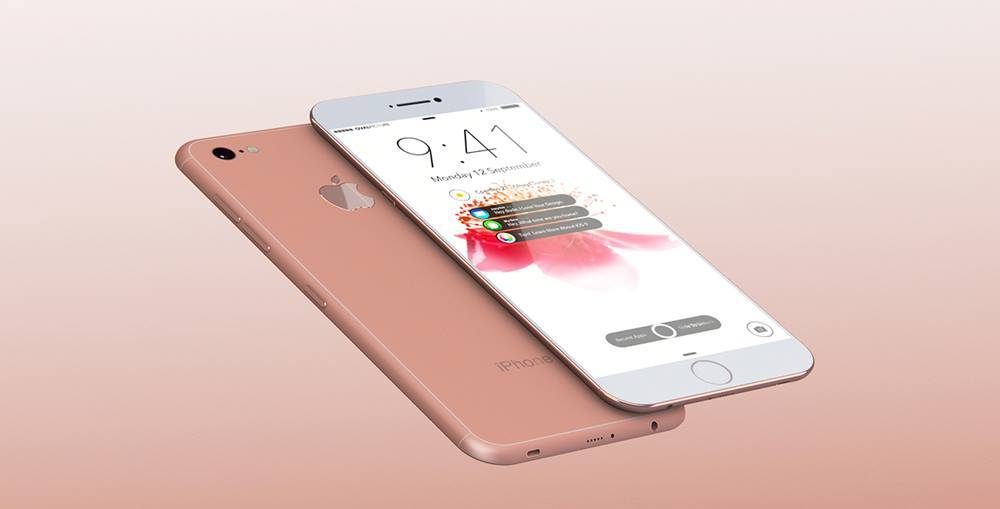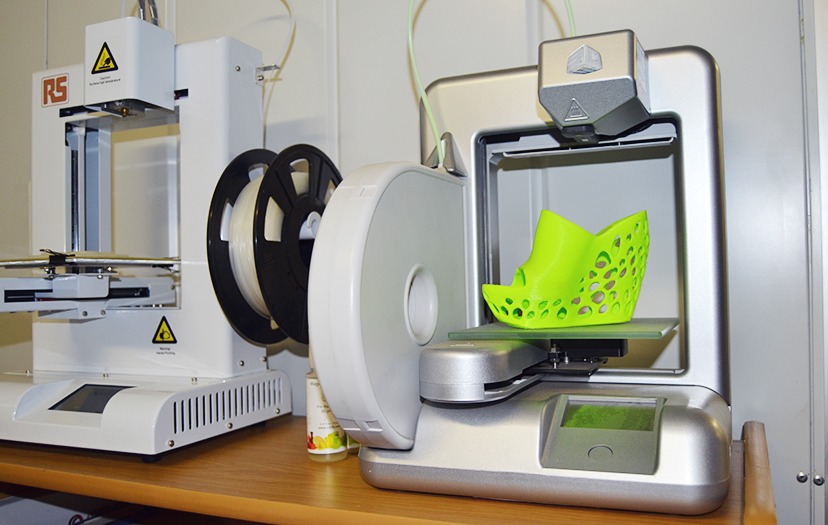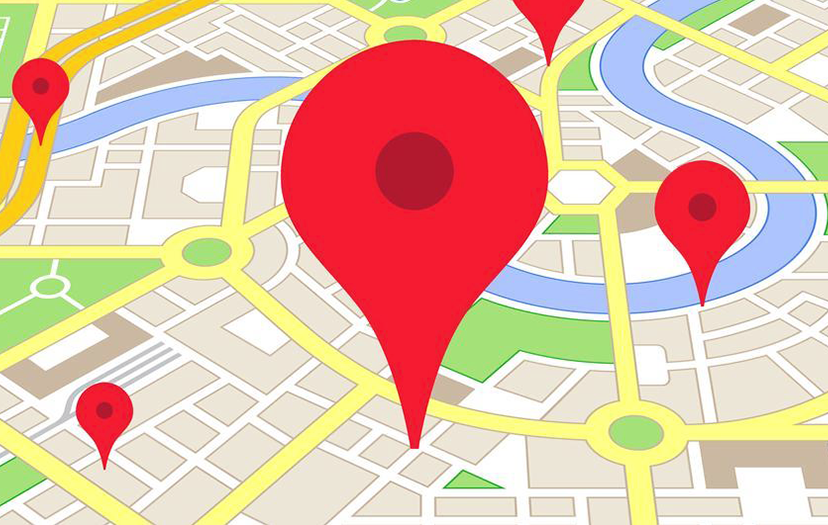The iPhone 7 might look like the iPhone 6s before it, but Apple has actually included several improvements that make it a better phone overall – and one of those is the new home button. Unlike Apple’s previous handset, the iPhone 7’s home button has no moving parts, and instead uses a taptic engine to simulate the feel of clicking – just like Apple’s new MacBooks.
That lack of mechanical parts means it’s less likely to go wrong, but it also means that when it does, Apple can use software to detect the problem and create a neat workaround. Over the weekend, a MacRumors forum member discovered that if the new home button goes wrong, the iPhone 7 is able to detect the issue, and give users an onscreen button instead. The button appears along with a fault warning telling the new user to get their new phone fixed. While a broken home button is the last thing you want to see on your new iPhone 7, at least you’ll still be able to use it, well you have to manage.
1. The iPhone 7 is fast
As you’d expect, the iPhone 7 uses a brand-new processor, but its A10 Fusion is much faster than we thought it’d be. Apple claims that the quad-core A10 Fusion processor at the heart the iPhone 7 makes the new handset twice as fast as the iPhone 6, but also achieves those speeds while giving you better battery life. It does that by using two efficiency cores and two high-performancee ones, and intelligently assigning tasks to each. That way, you should get a seamless mix of power and stamina.
2. Much faster than the iPad Pro
Apple’s latest handset has been benchmarked, and according to new Geekbench results, it’s actually faster than Apple’s own 12.9in iPad Pro.
3. Not much money will be made by Apple
According to component analysis by IHS, an entry-level 32GB iPhone 7 costs $224.80 to make, while a similar iPhone 6s cost Apple $200 to manufacture last year. It’s important to remember that the price of the iPhone 7 has remained the same as the iPhone 7, and that means Apple is actually making less on its latest handset. According to IHS, the reasons for the decrease in profit come from several different areas, not just the camera, or the new screen for example.
4. It is gold dust right now
This time around, the larger iPhone 7 Plus has a few more features that set it apart from the smaller handset, and that’s made it extremely popular. So popular, in fact, that getting an iPhone 7 Plus right now is nigh on impossible. If you take a look at Apple’s reservation programme website, you’ll see that iPhone 7 Plus handsets are sold out across the country. Apple suggests checking back at 6am every day, but even then, I’ve haven’t seen any iPhone 7 Plus handsets pop up.
5. You’ll want a jet black iPhone 7… Probably
The iPhone 7 comes in silver, gold and rose gold – just like the iPhone 6s before it – but Apple has also decided to introduce two new finishes to the mix. The new iPhone will also come in a matte-black finish debuting alongside a super-glossy jet black finish, too. However, the latter finish comes with a durability warning, and Apple claims it’s liable to small “micro abrasions”. In other words, if you’d prefer to have a phone that looks great for longer, it might be best to steer clear of the Jet Black finish.
6. The home button is totally different – but the same
The iPhone 7 features a completely redesigned home button, even if it does look identical to the one on the iPhone 6s. This time round Apple has removed the mechanical workings of the home button, and replaced them with a Force Touch-enabled sensor with haptic feedback. That means users should be able to customise the sensitivity of the new button, and it also means third party developers will be able to use haptic feedback in interesting new ways. Although the changes sound drastic, we’ve already tested the new home button, and somehow it feels just like the old one.
7. Two powerful speakers with no headphone jack
Apple has removed the 3.5mm on both the iPhone 7 and the iPhone 7 Plus, but it’s throwing a Lightning-to-3.5mm adapter in the box for free. However, it’s clear that Apple wants us to go wireless with the iPhone 7, so the company has released its own AirPod earphones, as well as three new Beats models. Interestingly, each of these Apple-made headphones use a W1 chip, which Apple says will change how we think about wireless connectivity. In addition, the iPhone 7 now has dual speakers too, so you can listen in stereo without headphones.
8. Much-improved cameras
The iPhone 7 includes big improvements to the camera, whether you buy an iPhone 7 or an iPhone Plus. The standard iPhone 7 comes with a 12-megapixel camera at the rear, but the iPhone 7 Plus comes with a dual-camera system, comprising of a wide-angle and telephoto lens, too. That means you’ll be able to 2x optical zoom, and also get a neat bokeh effect on your pictures. This time around, Apple has given both phones optical image stabilisation, and the front-facing camera is a 7-megapixel FaceTime HD camera.
9. Comes with powerful sapphire lens
The results of a recent scratch test suggested the iPhone 7 didn’t feature a sapphire lense, but Apple has since clarified the specs of the new iPhone 7 camera. “Apple confirms the iPhone 7 camera lens is sapphire, and under proper testing conditions, achieves the hardness and purity results expected from sapphire.”
Sapphire is supposed to be virtually unscratchable – one of the reasons it’s used in high-end watches and camera lenses – but in this case, the lense looked to be damaged. So what happened? iMore suggest that the lens was fractured rather than scratched, and that this can happen when “you have something so incredibly thin — unlike the much thicker watch used for comparison — and you apply pressure with no level of control.”
10. The battery life is better
Most importantly, the new iPhone should have significantly better battery life. Apple says the new iPhone 7 will “two more hours on iPhone 7 and one more hour on iPhone 7 Plus than the previous generation”. That equates to 14 hours of talk time for the iPhone 7 and 21 hours for the iPhone 7 Plus, or ten days’ standby for the regular handset and 16 days’ standby for the Plus.
11. It is water-resistant, not waterproof
We’ve seen water-resistant phones from the likes of Sony and Samsung for a while now, but the iPhone 7 marks Apple’s first attempt at a handset that laughs in the face of swimming pools. Both the iPhone 7 and the iPhone 7 Plus are IP67 rated, which translates to “splash, water and dust resistance” in tech speak. However, water damage isn’t actually covered by Apple in the iPhone 7’s warranty, so it’s probably best to avoid dunking your new iPhone in water if you can.








